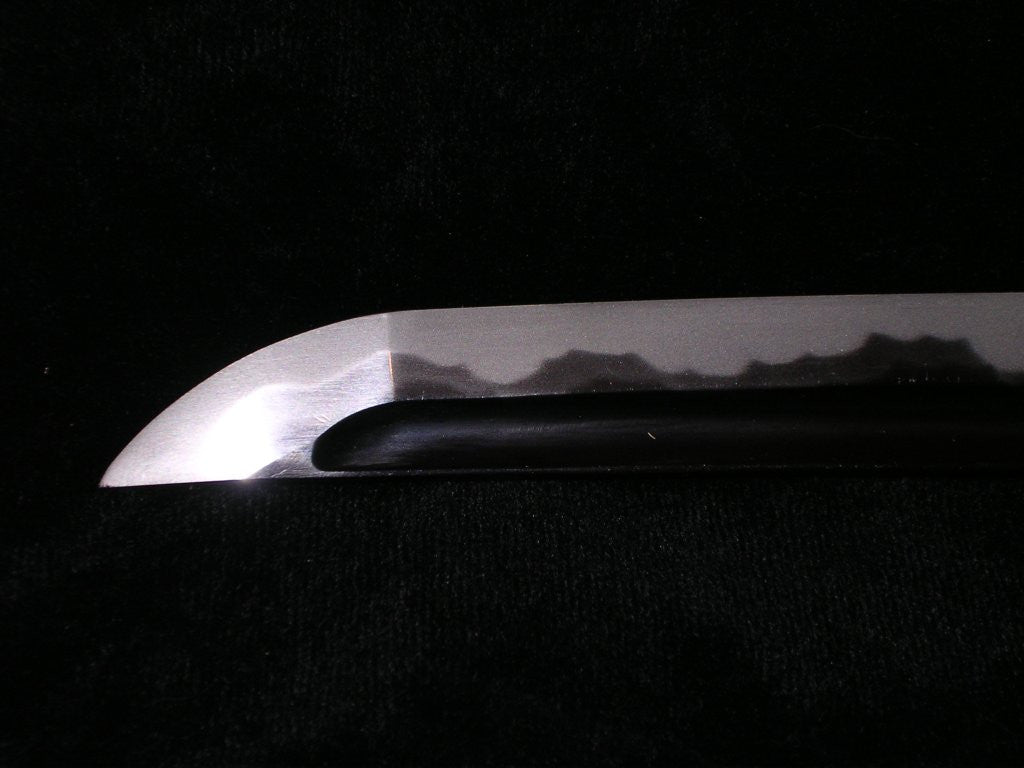Tu carrito está vacío


Feudal Japan (12th through 19th centuries) is credited with perfecting many swordsmithing practices, including the use of hamons.
Translating from the Japanese language, hamon literally means "blade pattern" -- and that pretty much sums up the term. A hamon is a visual pattern that's created on a sword's blade through the use of differential hardening. As you can see in the photo here, the hamon typically runs along the spine of the blade, featuring a pattern similar to that of a mountainous terrain with peaks and dips.
The hamon isn't manually added to swords, however. Rather, it's a byproduct of differential hardening.
Differential Hardening and Hamons
Traditional Japanese swords were superior to swords produced in other countries for two specific reasons:
With differential hardening, the swordsmith typically applies clay to the blade before cooling. Next, the swordsmith quenches the sword -- blade and spine -- in either oil or water. Because it contains a layer of clay, the spine and center of the sword cool more slowly than the blade. This results in a sword with a hard blade and flexible yet resilient spine.
Additionally, however, differential hardening also allowed for the creation of hamons. The hamon appears as an outline between the areas where differential hardening occurred (e.g. the sword's blade and spine). The differential hardening process creates hard martensitic steel on the blade and softer pearlitic steel on the spine and center. Each of these two metals has its own unique color -- and the hamon is the contrasting pattern between these two colors.
So, who was responsible for pioneering the differential hardening process? That question remains open to debate. However, legend has it that famous Japanese swordsmith Amakuni Yasutsuna -- whom was also responsible for creating the first single-edged longsword with a curved blade -- invented differential hardening around 8th century AD. According to the legend, Yasutsuna discovered that nearly half of the emperor's swords were broken after returning home from battle.
Artificial Hamons
Today, many companies attempt to reproduce the appearance of a hamon when creating swords. These aren't genuine hamons, however. Instead, they are created using crude methods like acid etching, sandblasting or wire brushing. Only swords that have been forged using differential hardening techniques have true, genuine hamons.